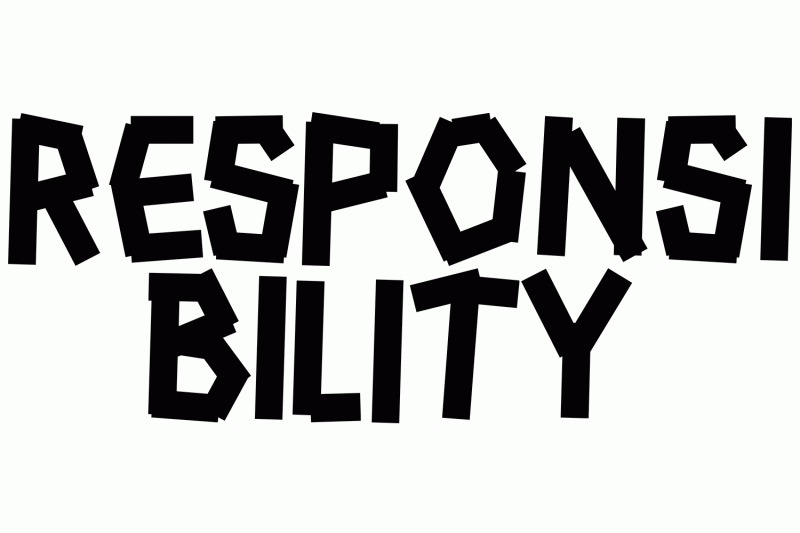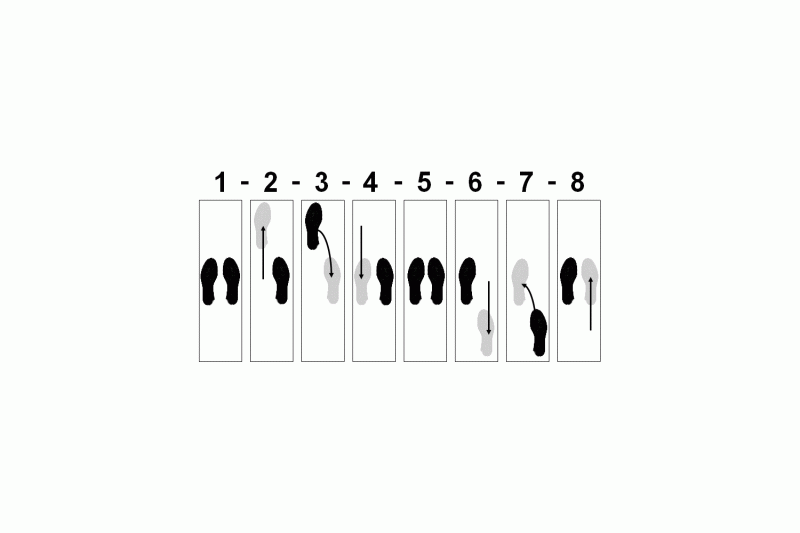As a species that prides itself in either its enlightened values or its own spirituality, we betray a stunning lack of compassion. That lack is in no way compatible with either those values or with the core tenets of the religions we profess to adhere to. While our lack of compassion appears to be erupting more and more into public view — as one very drastic example you might take the callousness with which the European Union lets migrants drown in the Mediterranean Sea, nowhere is it more pronounced than in our relationship with the rest of the fauna that, and this is where it all starts, we don’t even see ourselves as part of: animals.
Very few people appear to have any understanding that animals are not merely plants that happen to be moving about, devoid or maybe incapable of all feeling and interior life. Anyone who has ever spent time with an animal and has tried to establish a deeper relationship with it knows very well how complex it can be. There is a simple reason why, say, people who live with cats or dogs attribute personalities to all of them. Not only that, those people also know the differences in personalities very well. Furthermore, they understand that a relationship between a human being and an animal is not a one-way affair.
I should say that I can’t and won’t pretend that I personally am without my flaws when it comes to animals. I’ve lived long enough by now to know that trying to adhere to some extreme standards not only sets you up for a rather miserable life, it also makes you a pretty annoying person to deal with. My approach has been based around the idea of trying to get better in the mid and long term, while trying to be mindful and compassionate on a daily basis.
Furthermore, I should add that I have one rule for this site: I will not look at or review photography that is made around animal abuse. Over the years, I’ve received a number of books around, say, hunting. They went straight into the recycling bin.
One of the main problems is that people take their own species’ capabilities as the measuring stick with which to assess animals. Whatever is observed in an animal is inevitably compared to the properties of human beings. It’s easy to see how that approach can only serve to maintain the hierarchical relationship that forms the basis of what ultimately comes down to a self-defeating approach to the natural world. Animals are cruelly exploited — where they are not ignored and left to fend for themselves. It’s only when an important animal species is suddenly imperiled — such as when there’s a huge drop in the honey-bee population that we need for our food production, that people start to worry.
There are some signs of hope, though. To be honest, I don’t expect to see a drastic change in our attitude towards animals in my life time. But there is a growing awareness that our exploitation of animals is wrong for more reasons than one, which is tied with a slowly growing interest in products that are not produced from animals. For example, about ten years ago, it was impossible for me to find products that mimic meat at a local supermarket. I would have to go to an alternative location — maybe a local co-op — to pick up something that was, well, really terrible. Now, even the most bargain-oriented supermarket carries products that are actually often very, very good.
Recently, there has been an uptick in photography made around animals as more intelligent and sentient beings. This uptick has now resulted in a number of photobooks. To begin with, there is Yana Wernicke‘s Companions, which appears to have been widely noted in Europe since its release. Unfortunately, I don’t have a copy of the book, so I am unable to write anything more about it.

Francesca Todde‘s A Sensitive Education was already published in 2020. It’s probably fair to say that none of us wants to remember that particular year. If this was the time when you had a photobook published, you’d be pretty close to releasing it into a vacuum (much like online writing actually). But the copy of the book on my desk is part of the second edition, released in 2021. The first edition (300 copies) must have sold out rather quickly.
As an aside, I really appreciate the fact that there is a second edition. Book publishing is an iffy business. You never know how many books you might sell, especially if your book is the very first of a new imprint (as is the case with this book). If you’re able to sell out an edition then I think you ought to be producing a second edition. I realize that that’s extra work. But if you prefer not to have a second edition, your goal is basically twofold.

First, you deny all those people who would love to have a copy of the book the chance to get one. Second, you cater to what I think is one of the worst aspect of the world of the photobook, wealthy collectors trying to get an investment (that, possibly, can be flipped for a lot of money later). You’re basically replicating the basic mechanism of the art world (creating fake scarcity), while defeating one of the most central aspects of the photobook, namely the fact that it’s (usually) affordable and thus a lot more democratic than photographic prints.
Back to the book: At the end of A Sensitive Education, there is a cast of characters, which includes Mildred, a white stork that, we are told, “considers Tristan her partner.” Tristan, in turn, is the sole human in the book, a bird educator. “Despite this strong attachment, Mildred has so fa refused the invitation to move house with him, heedless of Tristan’s efforts to build a new next and move her eggs.” There also is Bayo, a crow, who “knows Tristan better than anybody else”, Elypse, a black kite, and a number of other birds. I love that they’re all presented as their own idiosyncratic characters.

What struck me most about the book was the very strong sense of tranquility it exudes. I suppose that you have to remain still if you want to photograph birds, less you startle them. But that’s not really what I mean. Instead, there is something almost otherworldly that emanates from the photographs, as if one were in the presence of a completely different world that somehow has found a place somewhere in the middle of ours. Of course, in a literal sense, Tristan’s is that, a different world, given that he does not approach these animals the way I described above.
But it is one thing to understand that engaging with animals on a different, yes: deeper level can lead to a different world. It’s quite another for a photographer to be able to capture this in a visual fashion. The tenderness that runs through all of the photographs for sure contributes a great deal to this. There also are the smart choices made for the book itself. It’s a modest production (a side effect of which is that the book is very much affordable) that, however, combines a number of smart choices in terms of layout and production. As any very good photobook should do, its production choices enhance the work on display and draw the viewer into the world on display.

“They” — they being stray dogs in Palermo, Charlotte Dumas concludes the short afterword of her A Terra, “make me think about our mortality and about the space we occupy in regard to others, individually and as humans alongside other sentient beings. About what it means to belong, to a pack and to a species. I feel a sense of longing observing these dogs that together form a collective body, gentle and humble.” (you can read the full text on the publisher’s website)
There is a hand petting a dog on the cover of the book, presumably the photographer’s. On the back, there is the face of a dog, the dog the back of whose head we see on the front cover. You always need a good picture on the cover of your book, one that does two jobs at the same time. First, it has to help sell the book. Second, it should strongly communicate the idea of the book. Interestingly, while this particular picture can be found in the book — it’s shown on the title page, it differs in form from all the other photographs. Those show mostly individual dogs lying in the streets of Palermo.

But crucially, the cover picture of A Terra communicates the spirit of the book, a spirit that is pervaded by compassion for these stray dogs. In fact, any dog might be shown more than once in a given spread (or, in fact, in the whole book). In a very traditional sense, where a photographer takes a number of pictures and then proceeds to select the “strongest one” (whatever that might mean), this approach is unphotographic. But here, it only re-enforces the fact that this particular photographer approaches animals with a heightened awareness of what they are: sentient beings.
I’m thinking that in this particular case, if as a viewer you don’t already possess at least a modicum of such an understanding, then you will see the book merely as a typology of sorts of dog pictures. In other words, you would miss the book’s point completely. And I think that would circle back to the underlying problem, namely the fact that so many people are incapable of thinking about anything on this planet merely as something to exploited for their own purposes, larger realities be damned.

Survival of our species will only be possible if we manage to toss that approach over board. As I wrote, I have no hopes of seeing such a change in my life time. But that doesn’t mean that I think that it is impossible to achieve. It will have to start out on the smallest level, the individual one. This includes more photographers making work like Yana Wernicke, Francesca Todde, and Charlotte Dumas. There is a lot to be gained on a personal level. As these books demonstrate, there is a lot to be gained on a larger level as well.
A Sensitive Education; photographs by Francesca Todde; text by Francesca Todde and Luca Reffo; 112 pages; Départ Pour l’Image; 2020 (2021 2nd ed.)
A Terra; photographs and text by Charlotte Dumas; 48 pages; Van Zoetendaal; 2023
If you enjoyed this article, please consider subscribing to my Patreon. There, you will find exclusive articles, videos, and audio guides about the world of the photobook and more. For those curious, there now is the possibility of a trial membership for seven days.
Much like journalism, photography criticism involves a huge investment of time and resources. When you become a subscriber, you not only get access to more of my work. You will also help me produce it (including the free content on this site).
Thank you for your support!









